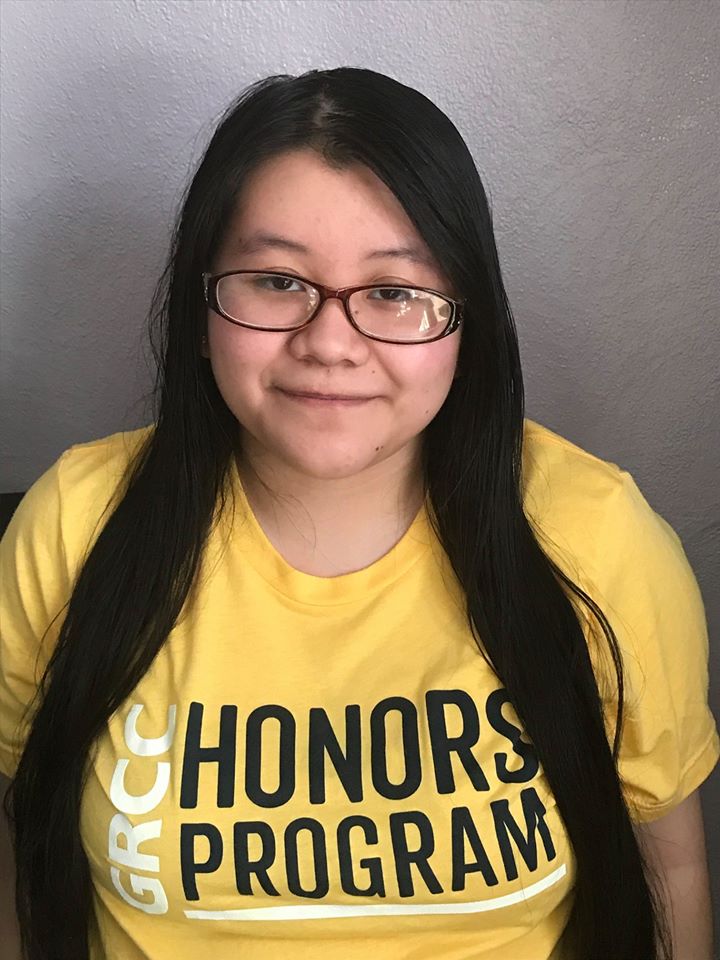Aracely Marroquin

Pronouns: She/Her/They/Them
UROP Fellowship: Community College Summer Fellowship Program
Grand Rapids Community College
Research Mentor(s): Megan Killian, PhD
Department of Orthopaedic Surgery
Presentation Date: Monday, July 27, 2020 | Session 3 | Presenter: 5
Authors: Aracely Marroquin, Megan L. Killian
Abstract
Lineage tracing is a method to study cell populations and their descendants by tracking and identifying certain populations within tissue. Lineage tracing has been used to investigate various biological processes like embryonic development, tissue development, and cell properties. Our laboratory uses lineage tracing to understand what and how specific cell populations, such as Col1a2-lineage cells, establish and remodel tendon and ligament attachments. The purpose of my research is focused on using fluorescent images from the previous lineage tracing experiments to study how Col1a2+ progenitor cells populate and remodel the tendon attachment at sites in the proximal humerus. I am using a new software package (QuPath) and comparing analysis outcomes with more established tools, such as image J. With QuPath, I am quantifying fluorescent images by programming Qupath to detect Col1a2 gene-positive cells and annotating cells populations that are Col1a2-positive (green) and all cells (using nuclear staining) annotating the deltoid tuberosity.
Google Slide Presentation
Presentation Script
Research Disciplines
Biomedical Sciences



